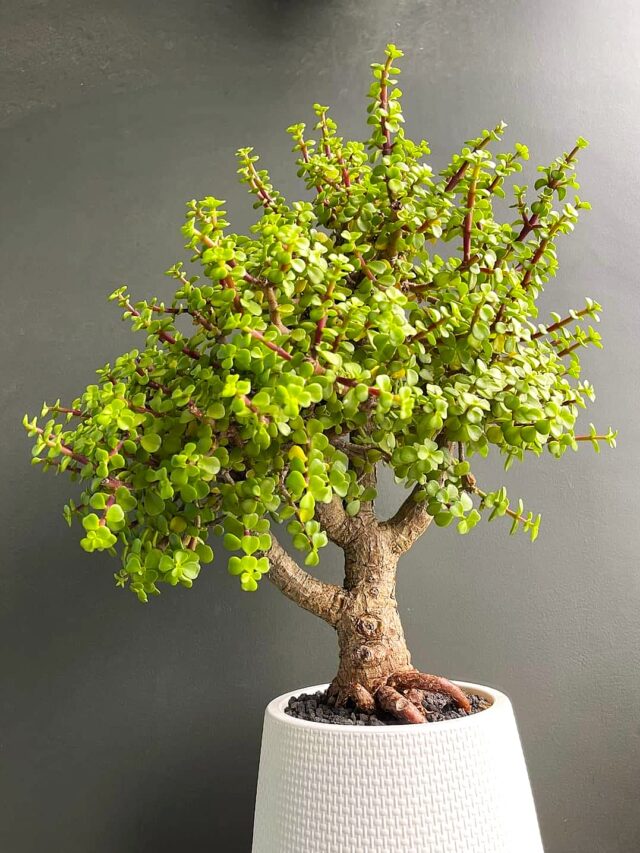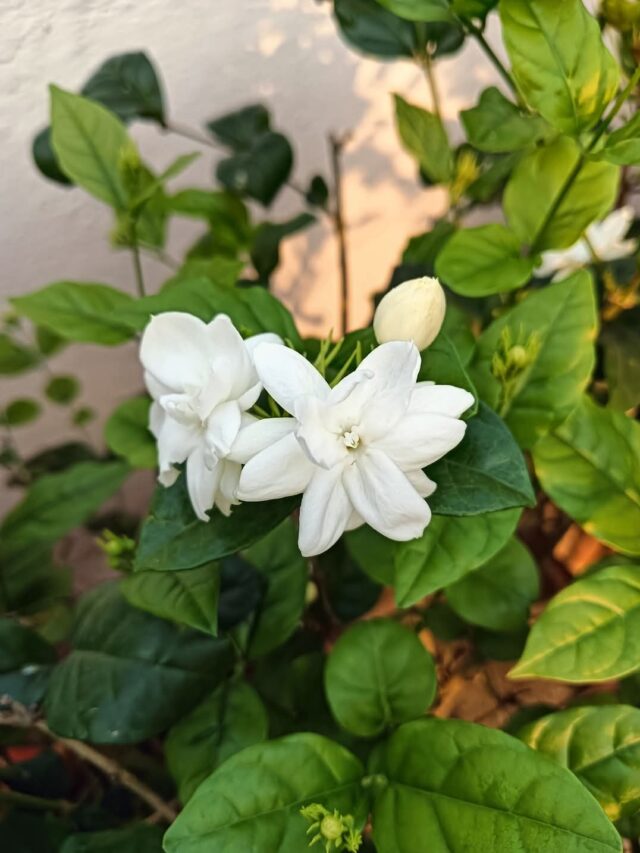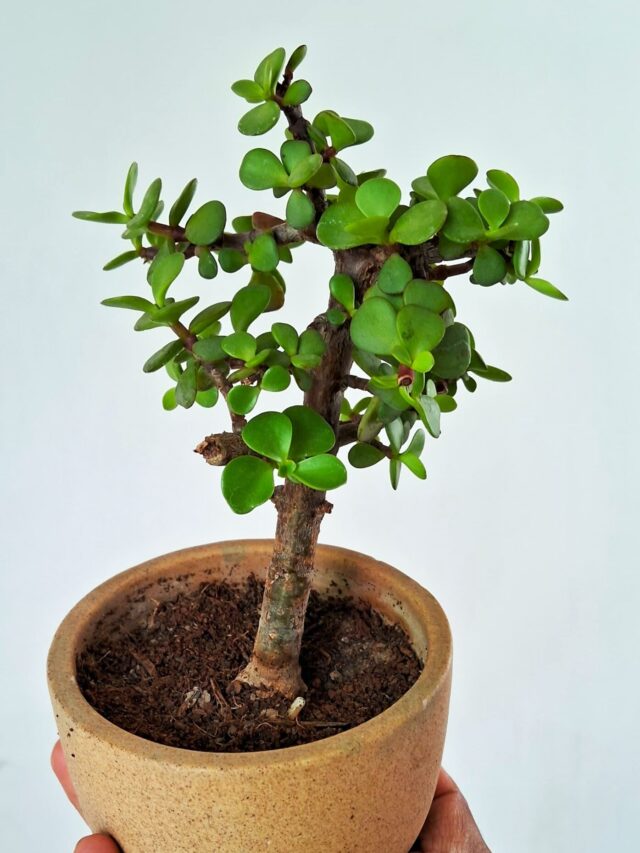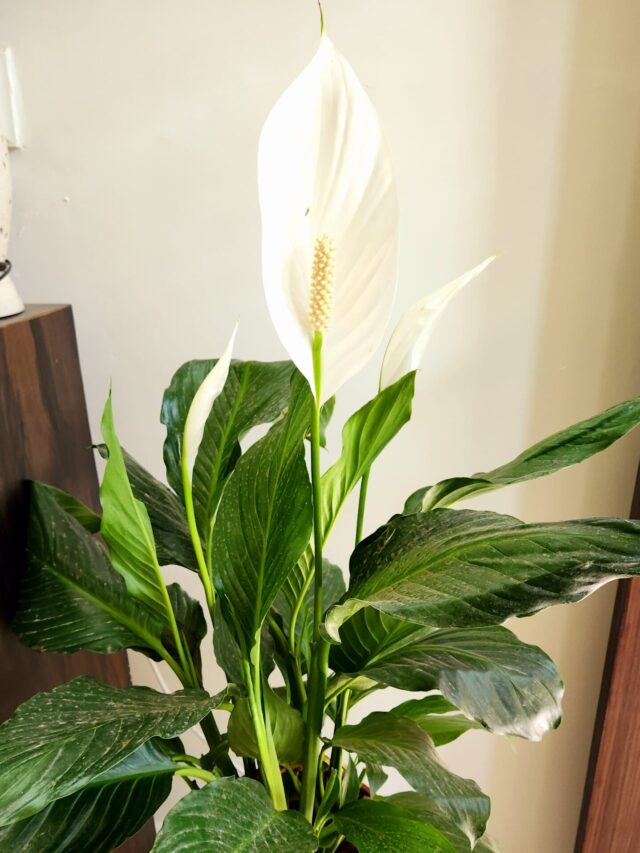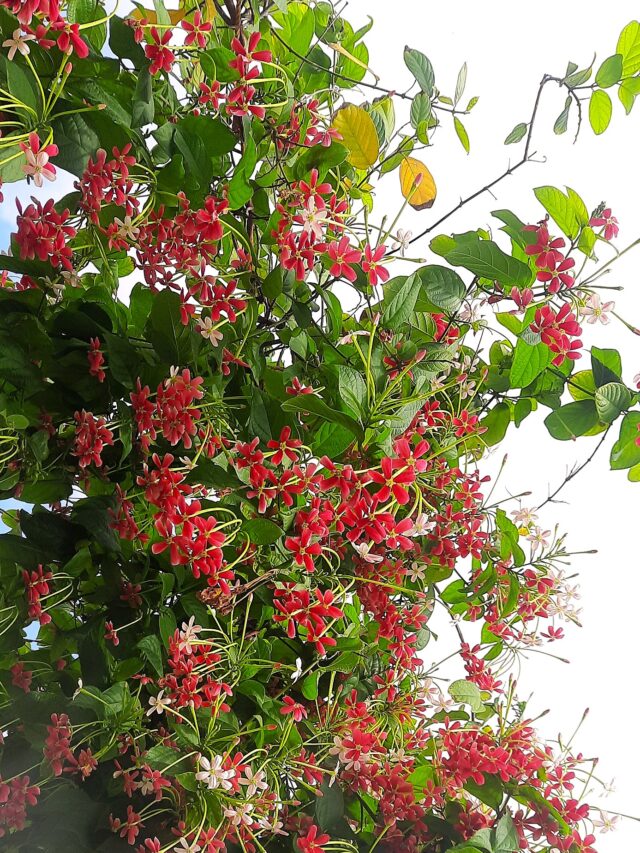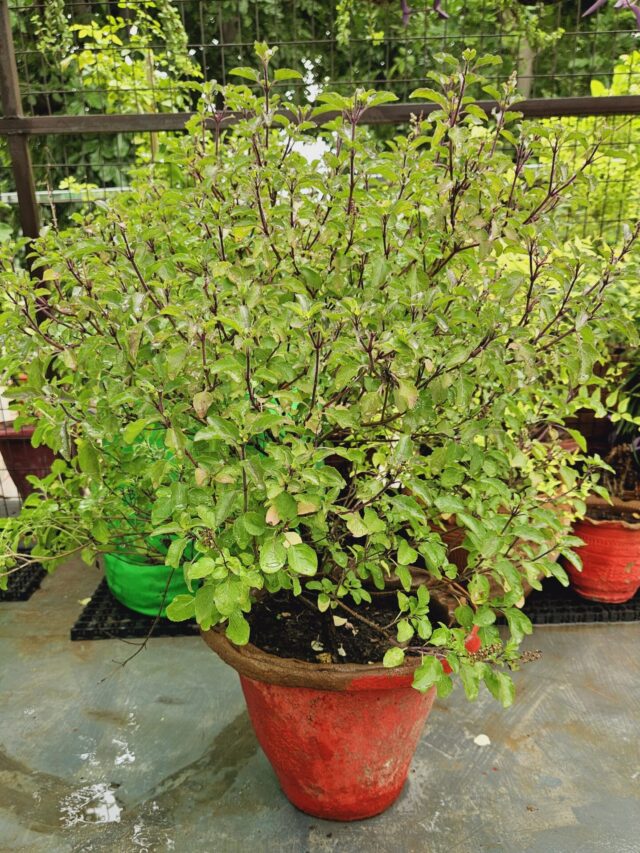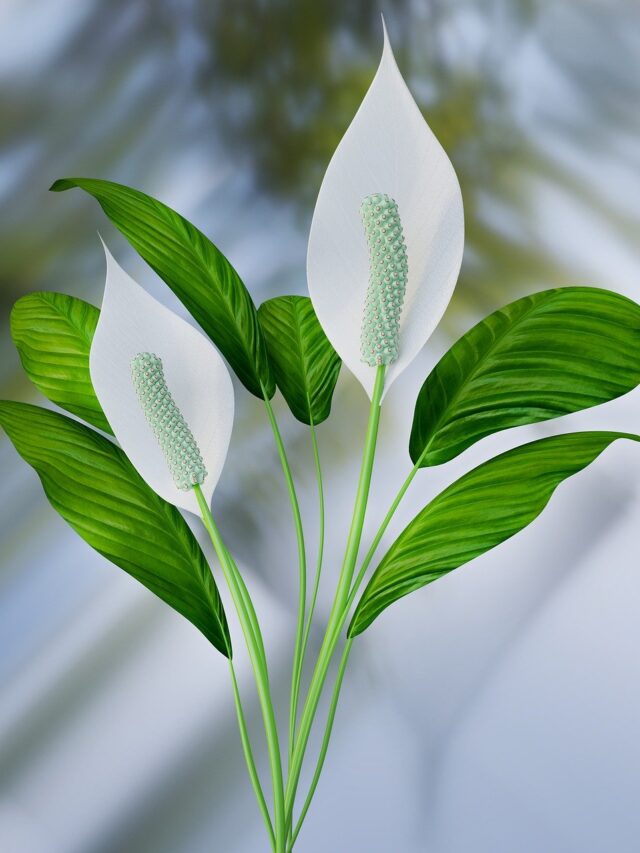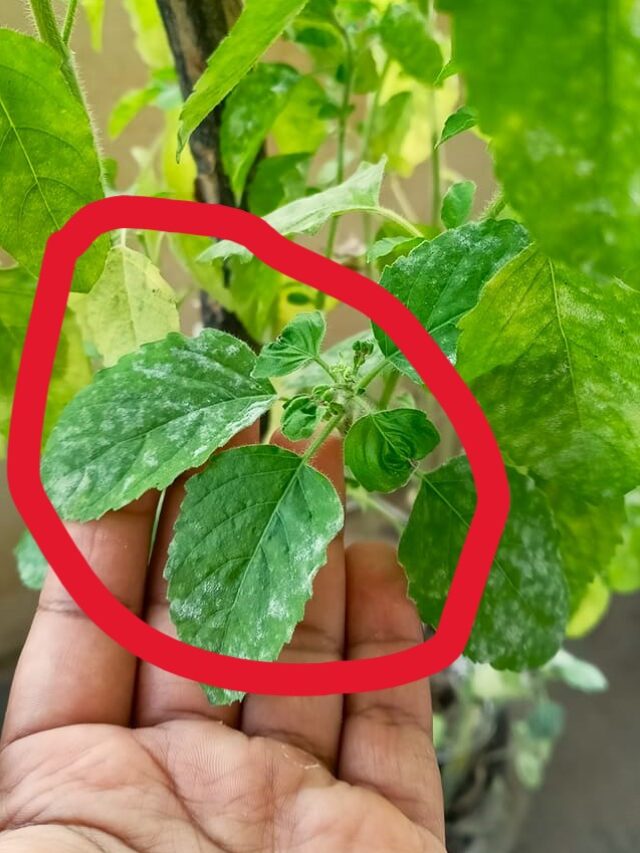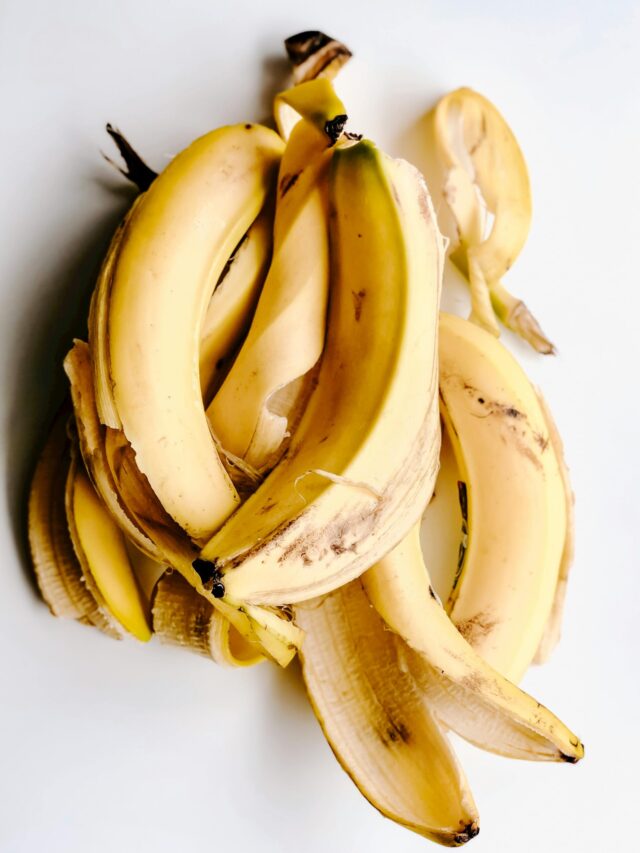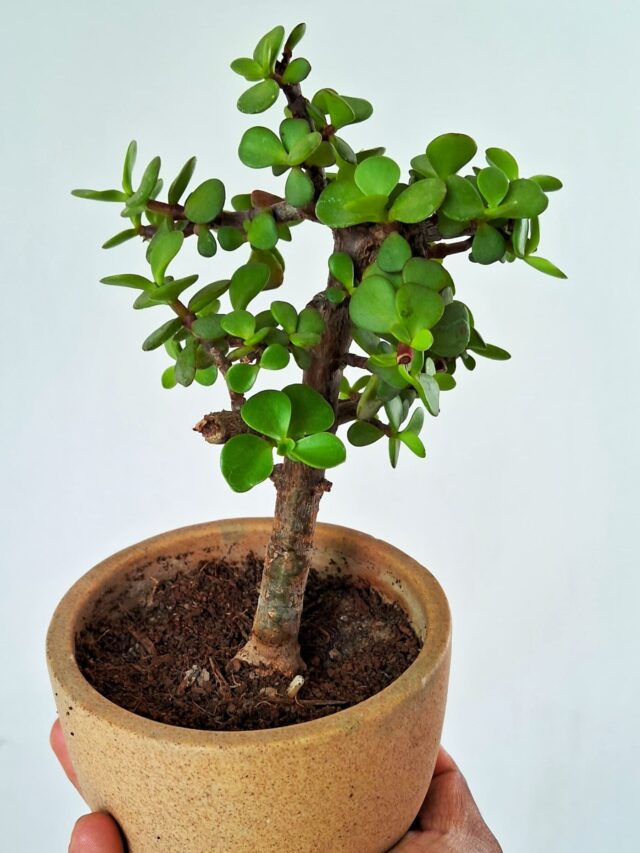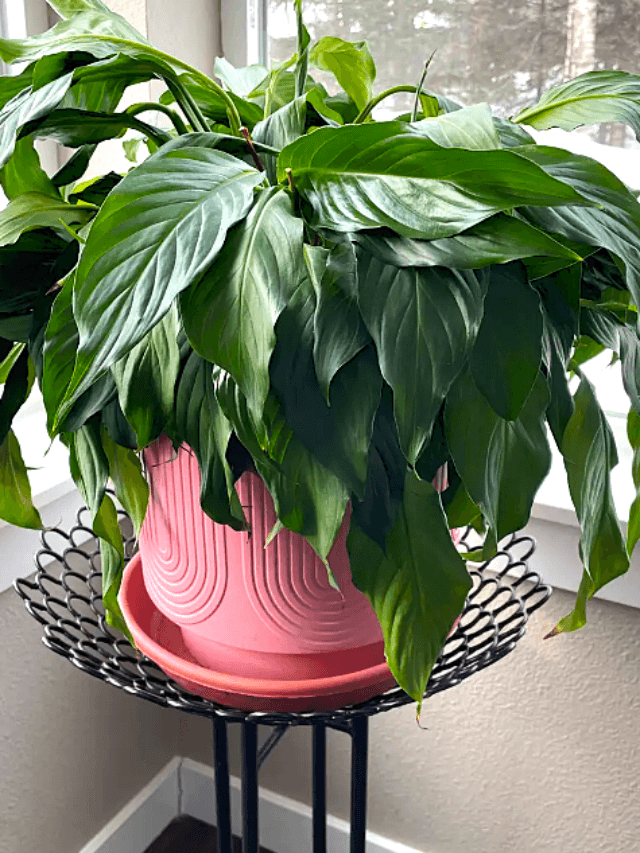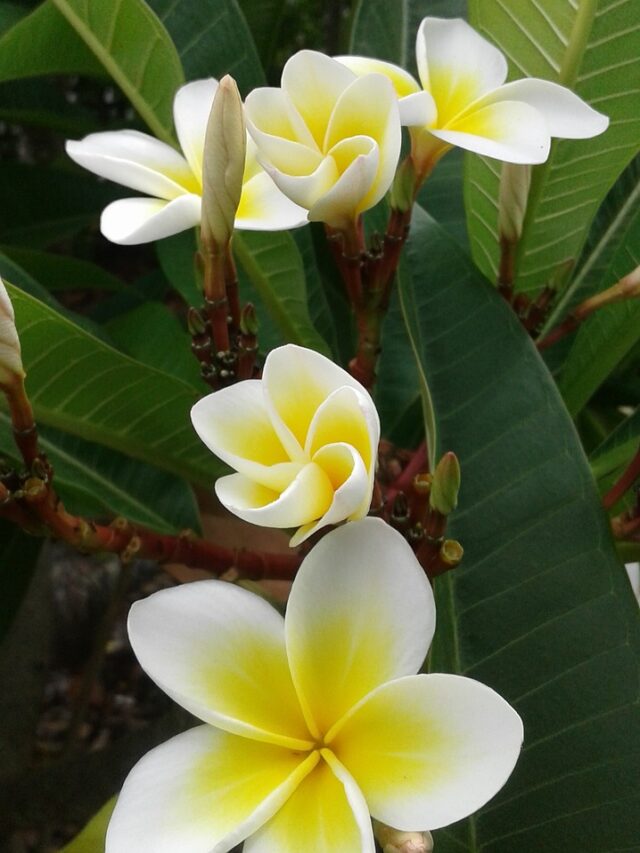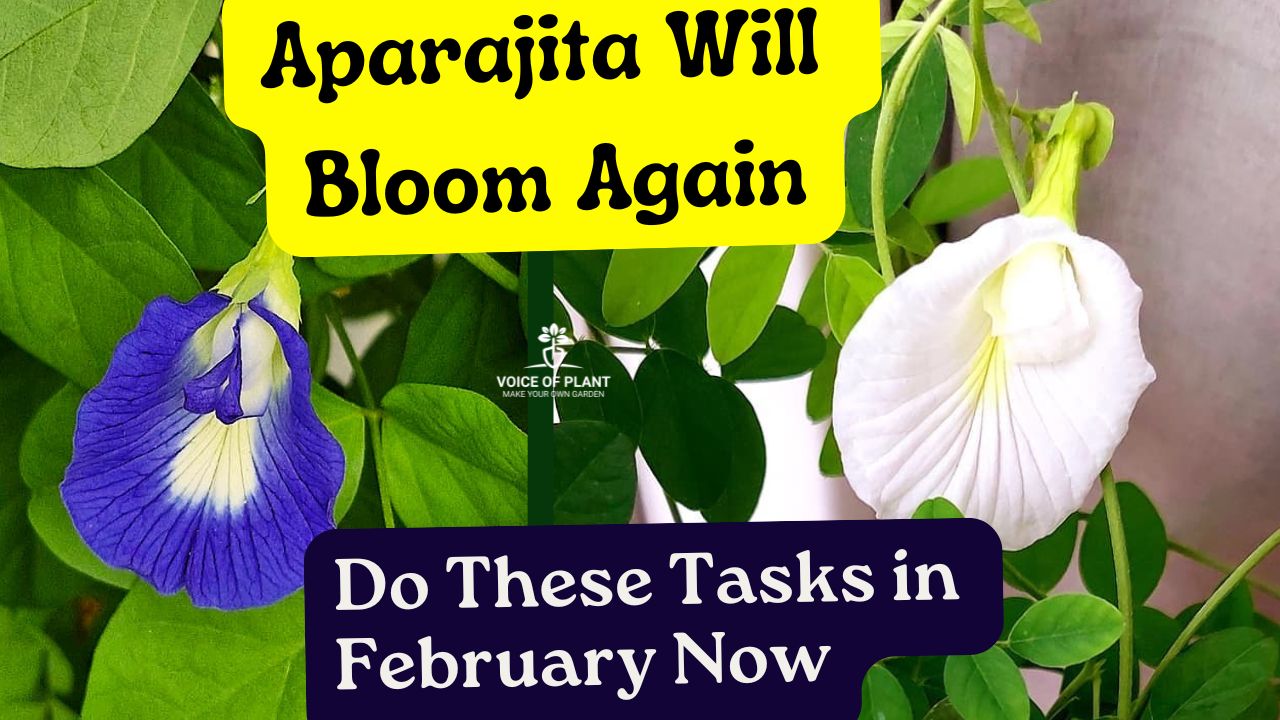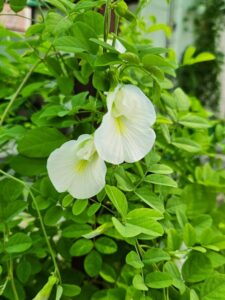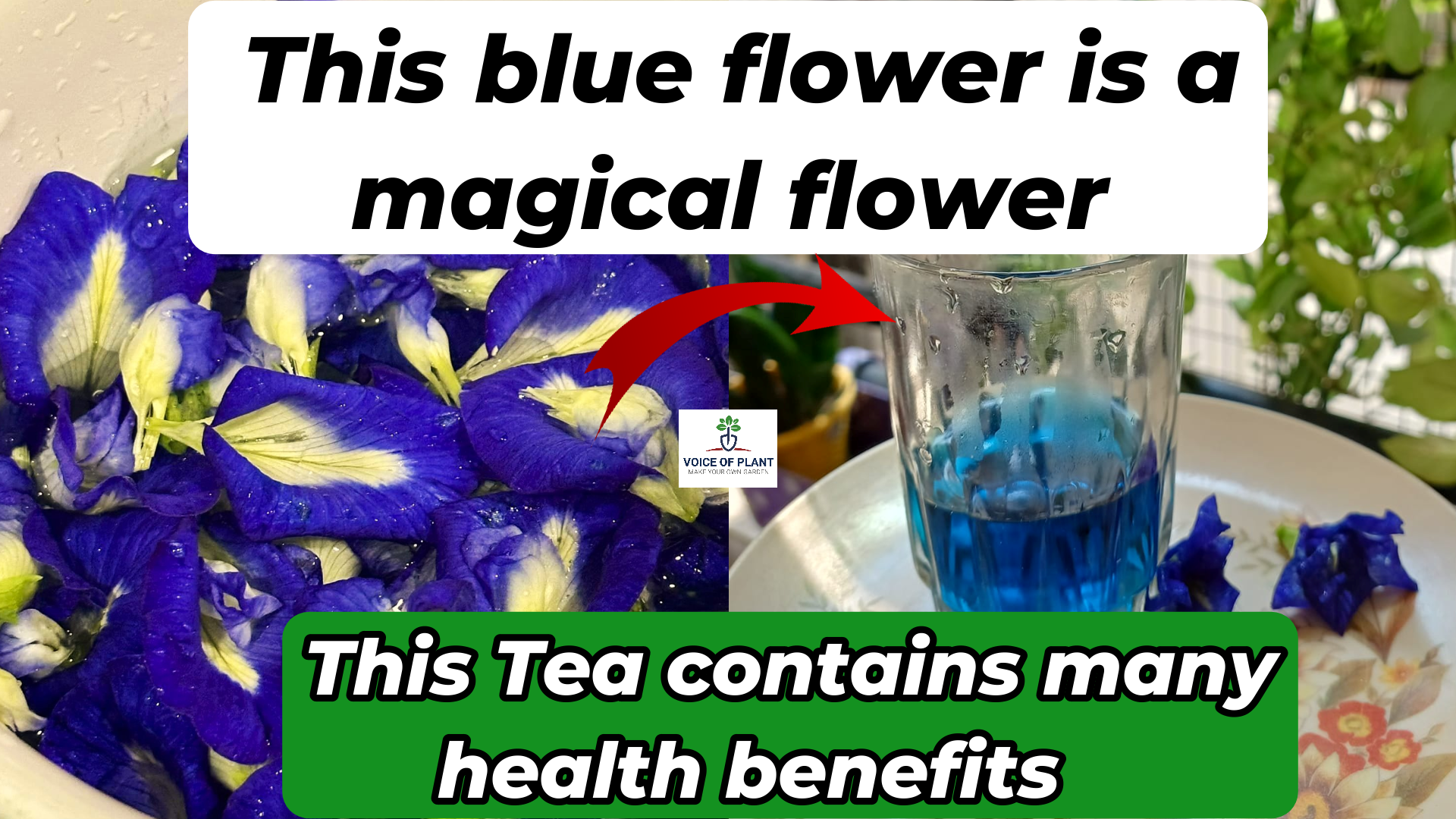Difference Between Parijat and Aparajita Plant
Often, many gardeners confuse Parijat and Aparajita due to their similar-sounding names. However, these two plants are entirely different in terms of appearance, growth habits, and uses.
Parijat, also known as Night-flowering Jasmine or Harsingar, is a tree that produces fragrant white flowers that bloom at night and fall by morning. On the other hand, Aparajita, commonly called Butterfly Pea, is a climbing vine with striking blue or white flowers that bloom during the day.

Both plants hold significant cultural and medicinal value, yet they serve different purposes in gardening, medicine, and spirituality. Understanding their differences can help gardeners choose the right plant for their needs.
In this article, we will explore the key distinctions between Parijat and Aparajita, covering their botanical characteristics, medicinal properties, and growth requirements.
Difference Between Parijat and Aparajita Plant
1. Overview of Parijat and Aparajita Plants
Parijat (Night-flowering Jasmine / Harsingar)
-
Scientific Name: Nyctanthes arbor-tristis
-
Type: Tree or large shrub
-
Flowers: White, fragrant flowers with an orange-red center, blooming at night
-
Other Names: Night-flowering Jasmine, Harsingar, Coral Jasmine. Shiuli, or Shefali
-
Uses: Traditional medicine, religious rituals, ornamental purposes, natural food coloring
-
Growth Habit: Perennial, Can grow up to 10 meters tall
Aparajita (Butterfly Pea / Clitoria ternatea)
-
Scientific Name: Clitoria ternatea
-
Type: Climbing vine
-
Flowers: Blue or white, blooming during the day
-
Other Names: Butterfly Pea, Asian Pigeonwings, Bluebellvine, Shankhpushpi
-
Uses: Traditional medicine, natural food coloring, herbal tea
-
Growth Habit: Perennial or annual creeping vine
2. Botanical Classification and Growth Habit
Parijat: The Tree with Night-Blooming Flowers
Parijat typically grows in warm, tropical regions and thrives in well-drained soil with ample sunlight.
- The tree can reach heights of up to 10 meters and develops a spreading canopy with rough bark.

One of its most distinguishing features is its nocturnal blooming cycle.
- The fragrant flowers open at night and fall to the ground by morning, creating a beautiful carpet of white and orange blossoms beneath the tree.
- The fallen flowers are often collected for religious offerings and medicinal uses.
Aparajita: The Creeping Vine with Vibrant Flowers
Aparajita (Clitoria ternatea) is a fast-growing, twining vine. Unlike Parijat, which is a tree, Aparajita is a herbaceous plant that thrives in warm climates and spreads rapidly by climbing over fences, trellises, and other support structures.
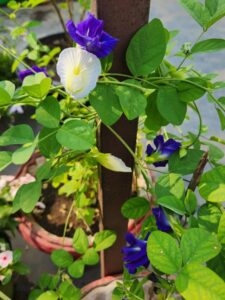
- The plant produces bright blue or white flowers with a distinct shape, resembling a butterfly, which is why it is commonly called Butterfly Pea.
- The flowers bloom during the day and are often used to make herbal tea or as a natural dye.
3. Differences in Flowers and Blooming Patterns
Parijat Flowers: Fragrant and Night-Blooming
Parijat flowers are delicate and highly fragrant, with pure white petals surrounding a deep orange-red center.

Unique flowering pattern
These flowers bloom only at night and naturally drop off by morning.
- The fallen blossoms retain their fragrance and are widely used in religious rituals, particularly in Hindu traditions.
Aparajita Flowers: Bright and Day-Blooming
Aparajita flowers, on the other hand, are vibrant blue or white and have a striking pea-like shape.

- They bloom in daylight and remain on the plant for an extended period.
- Unlike Parijat, these flowers are not known for their fragrance but are prized for their color and medicinal properties.
Other key differences between Parijat and Aparajita Plant
1. Growing Season:
Parijat – Parijat thrives from February to October. During this period, new branches and leaves emerge at a remarkable pace.
Aparajita – Grows throughout the year in warm climates
2. Blooming Season:
Parijat – The plant produces flowers during the autumn season, specifically from October to December.
Aparajita – Flowers bloom continuously during warm months specifically from March to October.
3. Dormancy period
Winter serves as the dormancy period for both Parijat and Aparajita plant.
- Particularly in North India, from the end of December until January, both plant undergoes a period of stress.
4. Leaf Characteristics
Parijat – Slightly pointed, rough texture, matte finish, dry to touch
Aparajita – Small leaves with a smoother texture
5. Sunlight Requirement
Both Parijat and Aparajita plant requires 4 to 5 hours of direct sunlight for blooming and healthy growth.
6. Watering Needs
Parijat – Prefers dry soil, does not thrive in consistently moist soil.
Aparajita – Prefers moist soil for healthy growth.
Also, read:
1. All About Parijat (Night Jasmine) Complete Care
2. How To Make Aparajita Bushy & Flowering
Whether you wish to plant a sacred tree in your garden or cultivate a beautiful vine for its health benefits, understanding these differences will help you make an informed choice.
——————
Follow our Social media channel:
1. Voice of Plant – YouTube Channel
2. Voice of Plant Facebook Page
3. Instagram Voice of Plant Channel
Happy Gardening!

